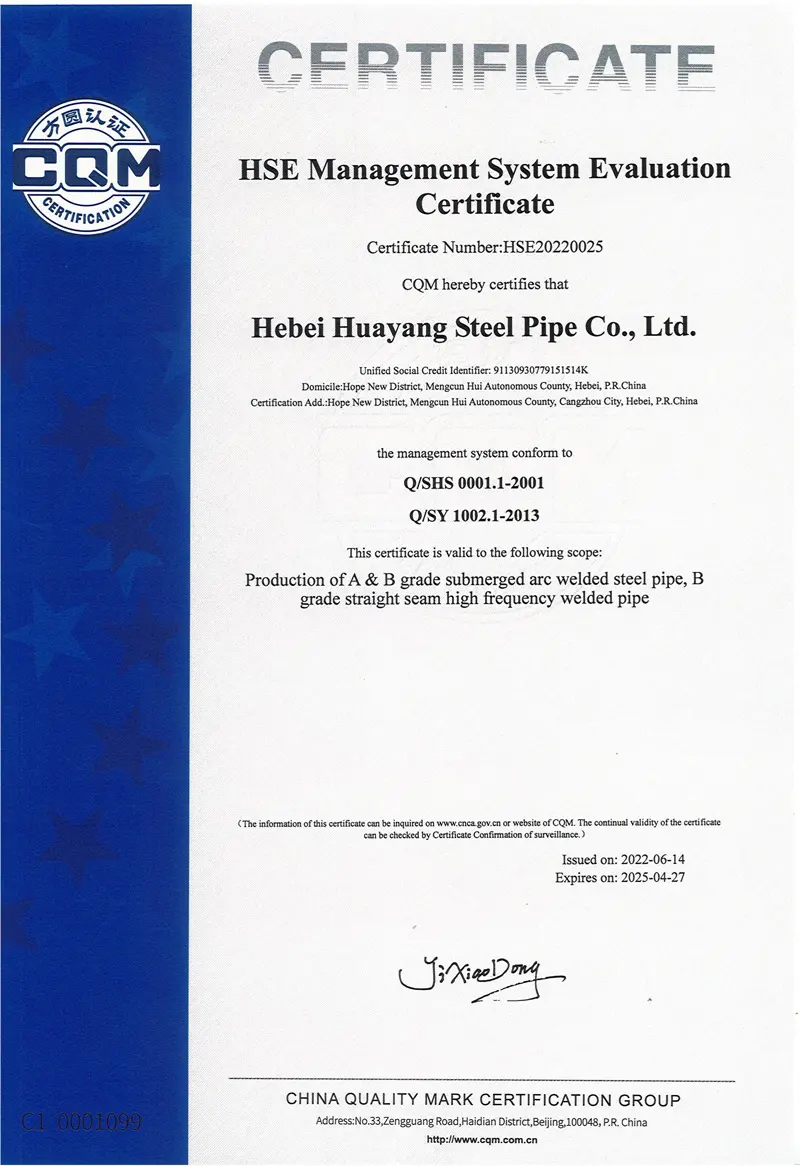
Сен . 15, 2024 03:51 Back to list
hpmc for gypsum plaster
HPMC for Gypsum Plaster Enhancing Performance and Versatility
Hydroxypropyl Methylcellulose (HPMC) is a versatile, synthetic polymer that plays a significant role in the construction industry, particularly in the formulation of gypsum plaster. As a crucial ingredient, HPMC contributes to the performance, workability, and sustainability of gypsum-based materials, making it an essential additive in modern construction practices.
Understanding HPMC
HPMC is derived from cellulose, a natural polymer found in the walls of plant cells. Through chemical modification, HPMC attains unique properties, including water retention, thickening, and emulsifying abilities. These characteristics are vital when mixed with gypsum plaster, which is primarily composed of calcium sulfate dihydrate (CaSO4·2H2O). When HPMC is added to gypsum plaster, it enhances various aspects of the material, leading to improved application and durability.
Key Benefits of HPMC in Gypsum Plaster
1. Improved Workability One of the primary advantages of using HPMC in gypsum plaster is its ability to enhance workability. HPMC modifies the rheological properties of the plaster, resulting in a smoother texture that is much easier to mix, spread, and apply. This makes it particularly appealing for both professional contractors and DIY enthusiasts.
2. Water Retention HPMC is renowned for its high water retention capacity. When used in gypsum plaster, it helps retain water for an extended period, allowing for a slower setting time. This is crucial in larger projects where prolonged working time is necessary to ensure that the plaster can be applied evenly without premature drying, which can lead to cracks and poor adhesion.
hpmc for gypsum plaster

3. Enhanced Adhesion The addition of HPMC can significantly improve the adhesion properties of gypsum plaster. It helps the plaster bond more effectively to various surfaces, including concrete and masonry. This increased adhesion is essential in preventing delamination and ensuring a longer-lasting finish.
4. Crack Resistance Cracks can considerably affect the aesthetic and structural integrity of plastered surfaces. HPMC helps reduce the occurrence of cracking by providing flexibility and stress-relief properties to the hardened plaster. This is especially useful in environments subject to fluctuations in temperature and humidity.
5. Sustainability With the growing emphasis on sustainable building materials, using HPMC in gypsum plaster formulations aligns with eco-friendly practices. HPMC is not only derived from renewable resources but also enhances the longevity and performance of plaster, thus reducing the frequency of repairs and reapplications.
Applications and Future Perspectives
The application of HPMC in gypsum plaster is not limited to walls and ceilings. It is also widely used in tiling, joint compounds, and other construction materials. As the construction industry continues to evolve, the demand for innovative solutions is ever-increasing. Research and development in HPMC formulations are ongoing, leading to the introduction of new grades with tailored properties for specific applications.
In conclusion, HPMC significantly enhances the performance of gypsum plaster, making it an indispensable additive in modern construction. Its contributions to workability, water retention, adhesion, and crack resistance not only improve the quality of plastered surfaces but also promote sustainability in construction practices. As the industry grows, the role of HPMC will likely expand, leading to even more advanced formulations that meet the demands of contemporary building projects.
-
Versatile Hpmc Uses in Different Industries
NewsJun.19,2025
-
Redispersible Powder's Role in Enhancing Durability of Construction Products
NewsJun.19,2025
-
Hydroxyethyl Cellulose Applications Driving Green Industrial Processes
NewsJun.19,2025
-
Exploring Different Redispersible Polymer Powder
NewsJun.19,2025
-
Choosing the Right Mortar Bonding Agent
NewsJun.19,2025
-
Applications and Significance of China Hpmc in Modern Industries
NewsJun.19,2025







